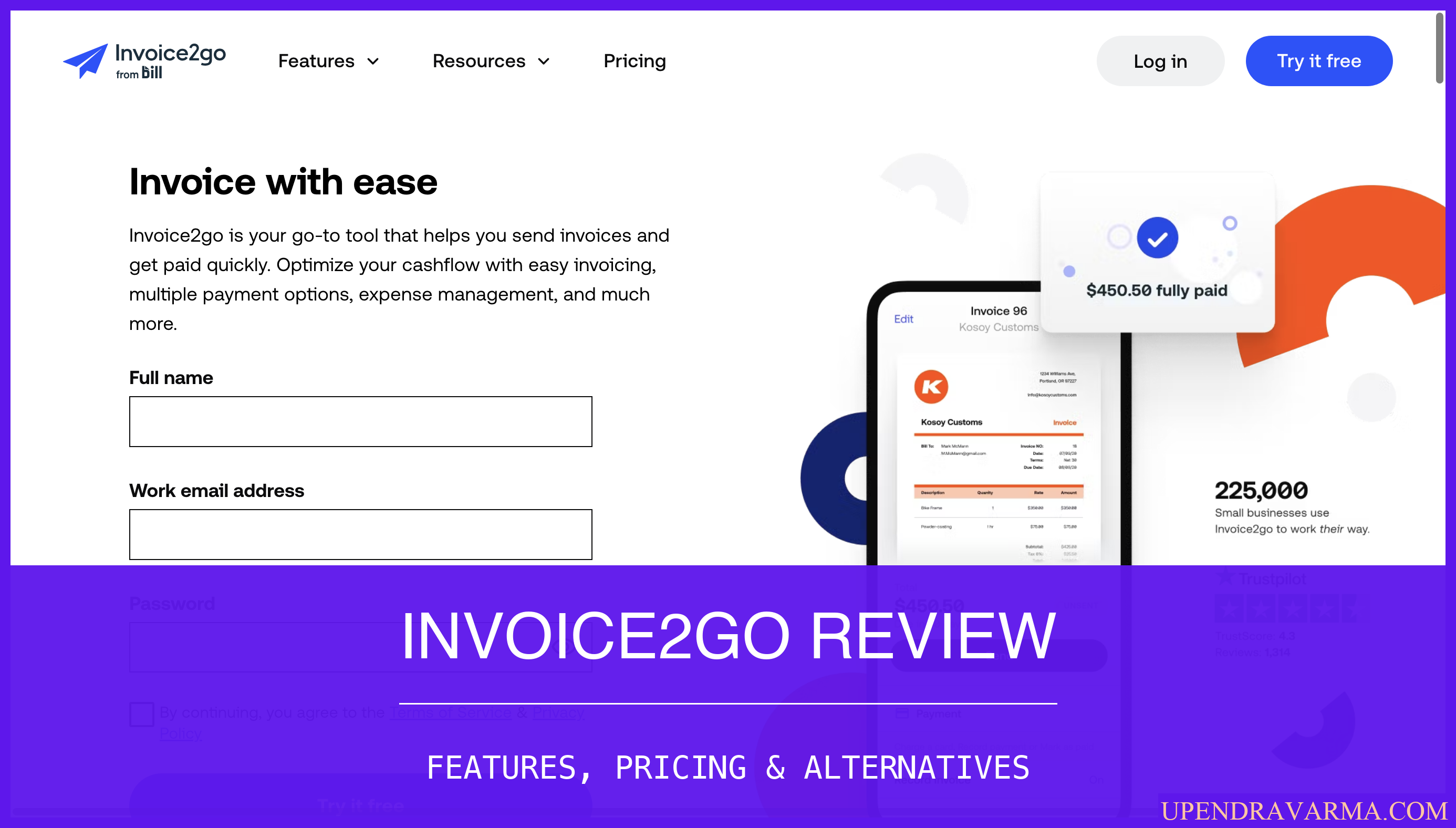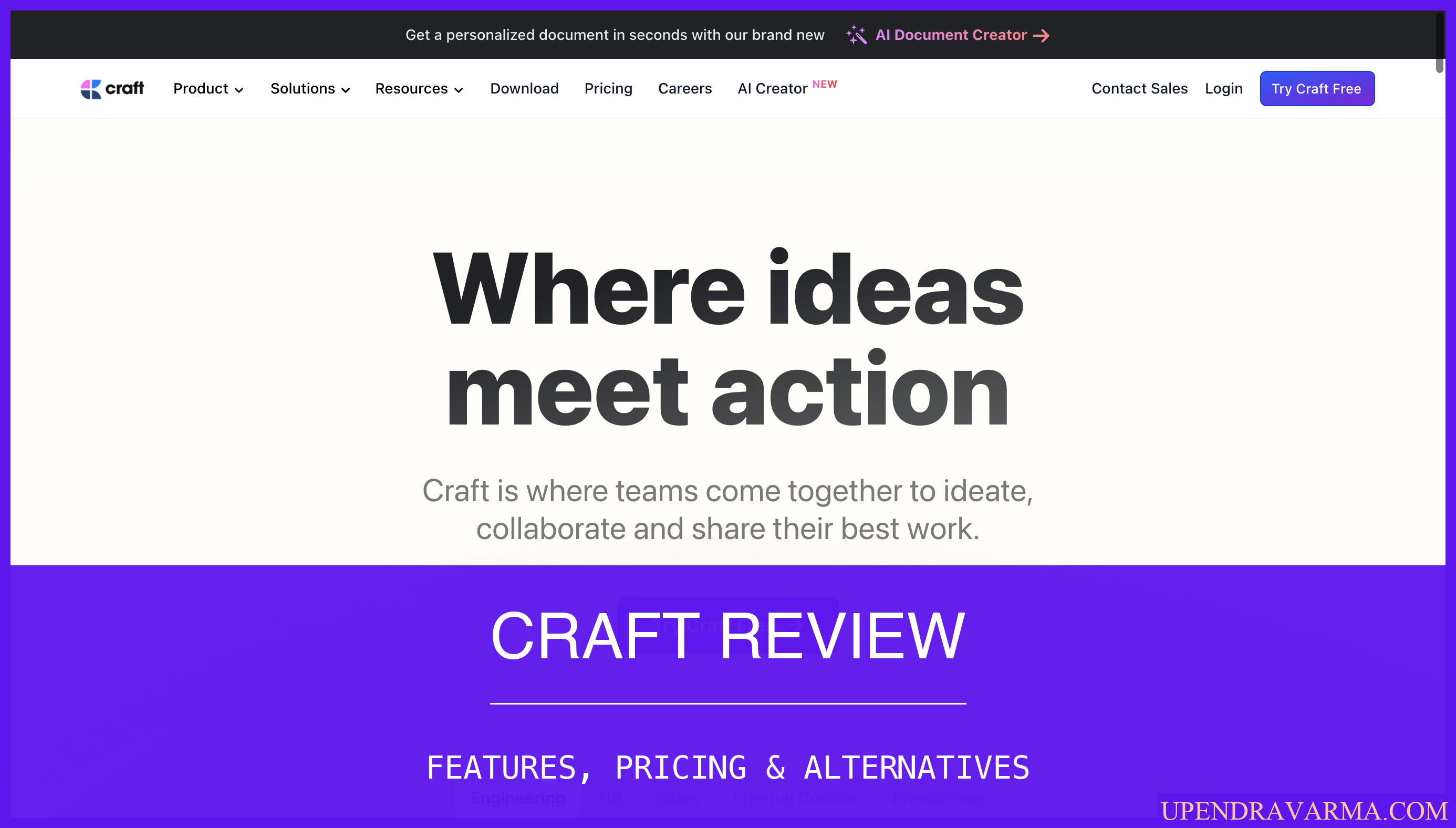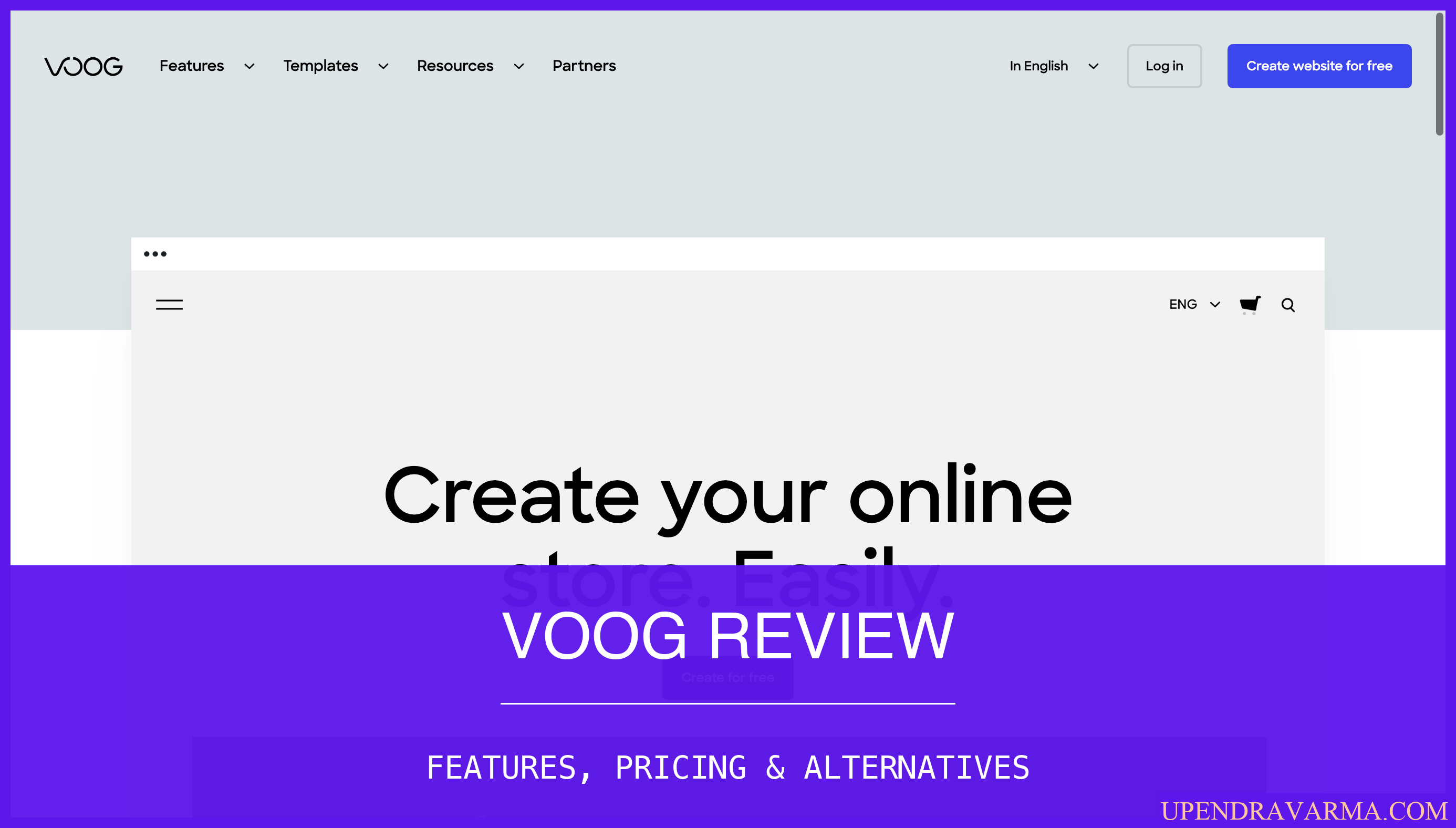Hey there! Welcome to my blog, where I review various software products and help you make informed decisions. Today, we're going to dive deep into Shortcut, a B2B SaaS product that aims to streamline project management and collaboration. So, buckle up and let's explore the world of Shortcut!
Shortcut Review: What is Shortcut
Shortcut is a comprehensive project management tool that offers a range of features to help teams plan, build, and ship their work. With Shortcut, you can track your progress, collaborate with team members, and visualize your development workloads. Whether you're an engineer, product manager, or designer, Shortcut provides the tools you need to bring your ideas to life.
Shortcut Review: How can it be used?
Shortcut can be used in various ways depending on your role and industry. Here are a few examples of how Shortcut can benefit different users:
- Engineers: Shortcut offers an issue tracker that is helpful and not a hassle. You can easily manage your work, track progress, and streamline your building process.
- Product Managers: With Shortcut, you can track product backlogs, prioritize workloads, and set checkpoints across your projects. It helps you stay organized and aligned with your team.
- Designers: Shortcut allows you to track designs, organize and prioritize workloads, and collaborate seamlessly with your team. It's the perfect tool to bring your design ideas to life.
Shortcut is designed to cater to different workflows and use cases. Whether you're working in an agile environment, managing multiple teams, or need to connect with other tools in your workflow, Shortcut has got you covered.
Shortcut Review: Who is it for?
Shortcut is a versatile tool that can be used by a wide range of users. Here are a few user profiles that can benefit from Shortcut:
- Small teams looking to ship features quickly
- Multiple software teams that need to plan and build collaboratively
- Modern software organizations that require efficient planning, execution, and measurement of work
- Mature product development organizations that need to scale their operations
Regardless of your organization's size or industry, Shortcut provides plans that cater to your specific needs and helps improve efficiency.
Shortcut Features
Shortcut offers a plethora of features that can be categorized into the following buckets:
Boards
- See and track your work on Kanban boards
- Visualize your progress and manage ongoing work
Docs
- Connect your plans directly to your work
- Collaborate seamlessly with your team in a document format
Teams
- Work cross-functionally to get stuff done
- Organize work by teams or squads for better collaboration
Roadmaps
- See a big picture view of development workloads
- Track progress and align your team's goals
Sprints
- Manage work within a set period of time
- Plan and execute your work in iterations
APIs

- Connect Shortcut to anything using their APIs
- Customize your workflow and integrate with other tools
Milestones
- Set checkpoints across your projects
- Keep track of important milestones and deadlines
Reporting
- Measure and review progress towards team goals
- Get detailed insights with advanced reports
Automations
- Let Shortcut do your busy work
- Automate repetitive tasks and save time
These are just a few highlights of the features Shortcut offers. The tool is packed with functionality to help you streamline your project management and collaboration processes.
Shortcut Plans
For an in-depth review of Shortcut's pricing plans, I've written a dedicated blog post that covers everything you need to know. You can find it at shortcut pricing. Check it out to see which plan suits your needs the best.
Shortcut Alternatives
If you're considering alternatives to Shortcut, there are several other project management tools that cater to various use cases and have their unique strengths. Here are a few options:
Jira
Jira by Atlassian is a popular choice for project management, especially among software development teams. Primarily known for its issue tracking and agile project management features, Jira offers customizable workflows, detailed reporting, and a wide range of integrations with other popular tools. While Jira is quite powerful, its complexity can be overwhelming for new users. It is ideal for large teams that require extensive customizability and robust features for project management.
Trello
Trello offers a user-friendly, card-based interface that makes project management and collaboration straightforward and visually appealing. Trello's simplicity is its main strength, allowing teams to quickly create tasks, assign work, and track progress. With a variety of board templates and power-ups, Trello is an excellent choice for teams looking for an intuitive and straightforward project management tool. However, it may lack advanced features required by larger organizations.
Asana
Asana provides a mix of simplicity and powerful features, making it suitable for both small teams and larger organizations. Asana allows you to organize work into projects, tasks, and subtasks, and view them in different formats like lists, Kanban boards, or Gantt charts. Asana's robust features such as timeline view, dependencies, and custom fields make it a strong competitor in the project management space. However, its pricing can be high for small teams or startups.
Monday.com
Monday.com is a work operating system that enables organizations to create their own applications in a no-code environment. Its strength lies in its versatility, with features that support project management, time tracking, sales tracking, and more. Monday.com offers a visually appealing interface with various views such as Kanban, Gantt, and spreadsheets. While it offers a wealth of features and customizability, Monday.com has a steeper learning curve and might be overwhelming for beginners.
Each of these tools has its strengths and is designed to cater to different use cases. Consider your team's needs, the size of your organization, and your budget when evaluating these tools. Explore each tool's features and try out their free trials to find the one that aligns best with your requirements.
Shortcut Review: Pros & Cons
Pros:
- Comprehensive project management features
- Easy-to-use interface
- Seamless collaboration and communication
- Integrations with popular tools like Slack, Figma, and VCS
- Customizable workflows and extensive reporting capabilities
Cons:
- Steeper learning curve for beginners
- Some advanced features may require technical expertise
Conclusion
Shortcut is a powerful project management tool that brings together product and engineering teams to streamline their workflows. With its extensive features, customizable workflows, and seamless collaboration capabilities, Shortcut empowers teams to bring their ideas to life efficiently.
If you want to learn more about other SaaS products and find the best tools for your business, be sure to check out my blog at saas blog. Happy exploring!









